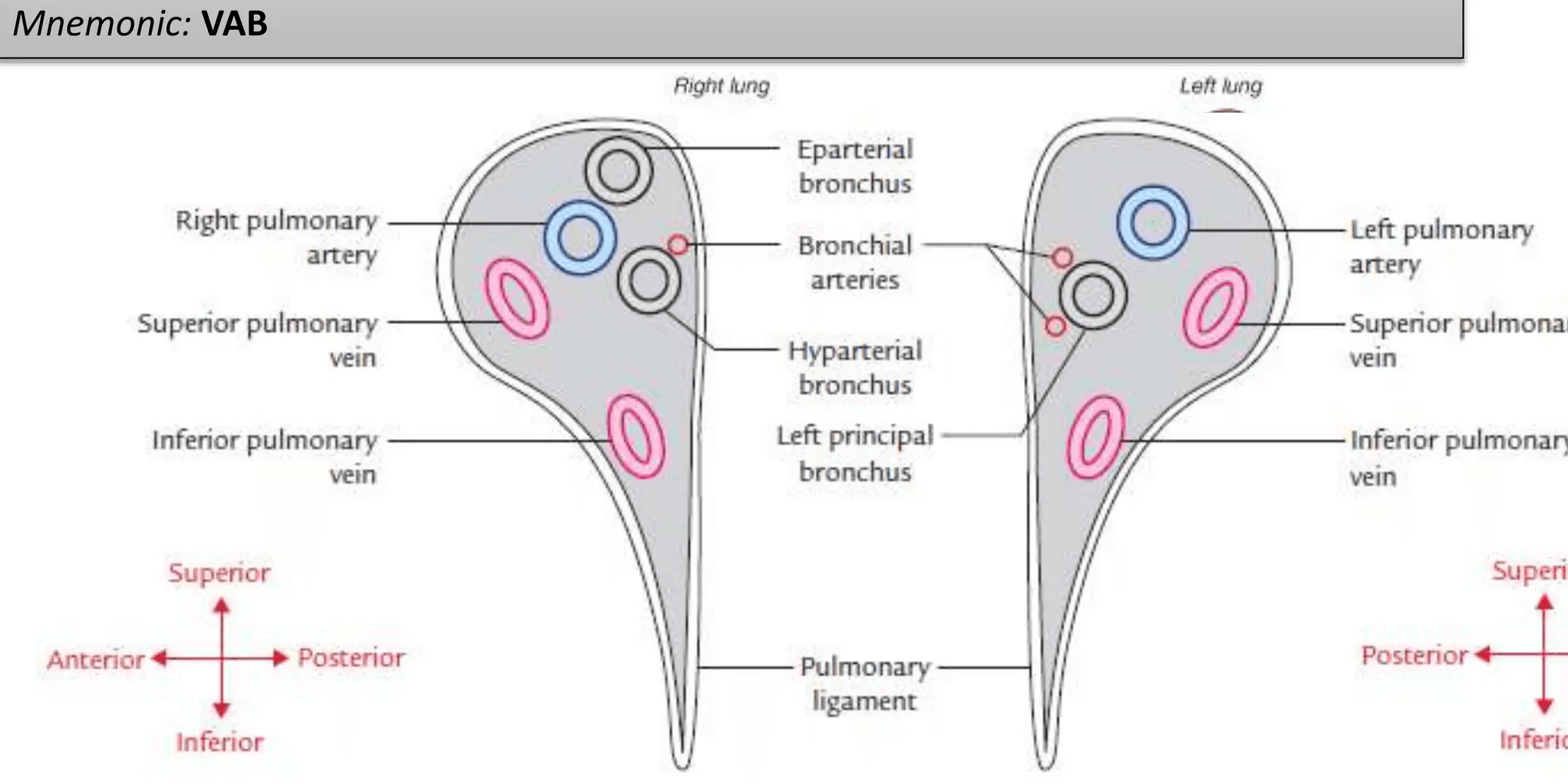Hilum is an indentation in the surface of a kidney, spleen, or other organ, where blood vessels, ducts, nerve fibers, etc. enter and leave it. Hilum of Lung Mnemonic: VAD (from anterior to posterior) Hilum of Liver (Porta Hepatis) Mnemonic: DAVE (from anterior to posterior) Hilum of Kidney Mnemonic: VAD…
Category: PGMEE, MRCS, USMLE, MBBS, MD/MS
Medical knowledge in bullet points with understandable language, simplified images and graspable mnemonics.
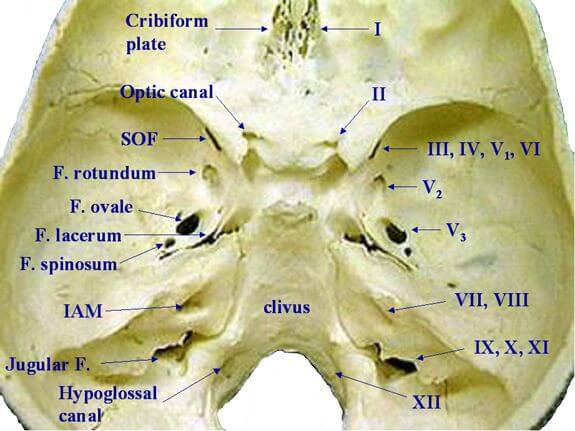
Middle Cranial Fossa : Mnemonics
Boundaries The body of the sphenoid makes up the central portion of the middle fossa and houses the sella turcica, bounded by the anterior and posterior clinoid processes. List of Foramina from Anterior to Posterior Mnemonic: Old Rotund Owls Spin Lazily These foramina are in the Sphenoid bone. Contents of…
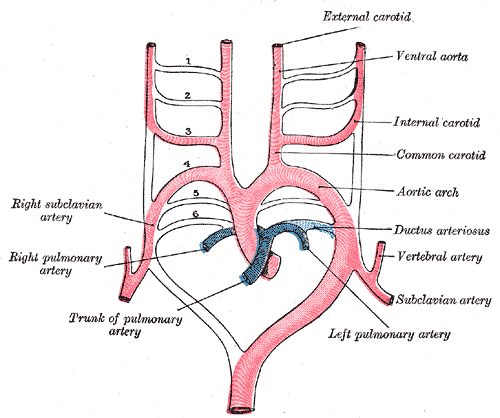
Aortic arch derivatives : Mnemonic
The aortic arches or pharyngeal arch arteries are formed sequentially with the pharyngeal arches. Aortic arch Derivatives Mnemonic 1st Maxillary artery (part) 1st arch is maximal 2nd Stapedial arteryHyoid artery Second = Stapedial 3rd Common carotid arteryProximal part of internal carotid artery C = 3rd letter of alphabet 4th Left: Aortic archRight: Subclavian…
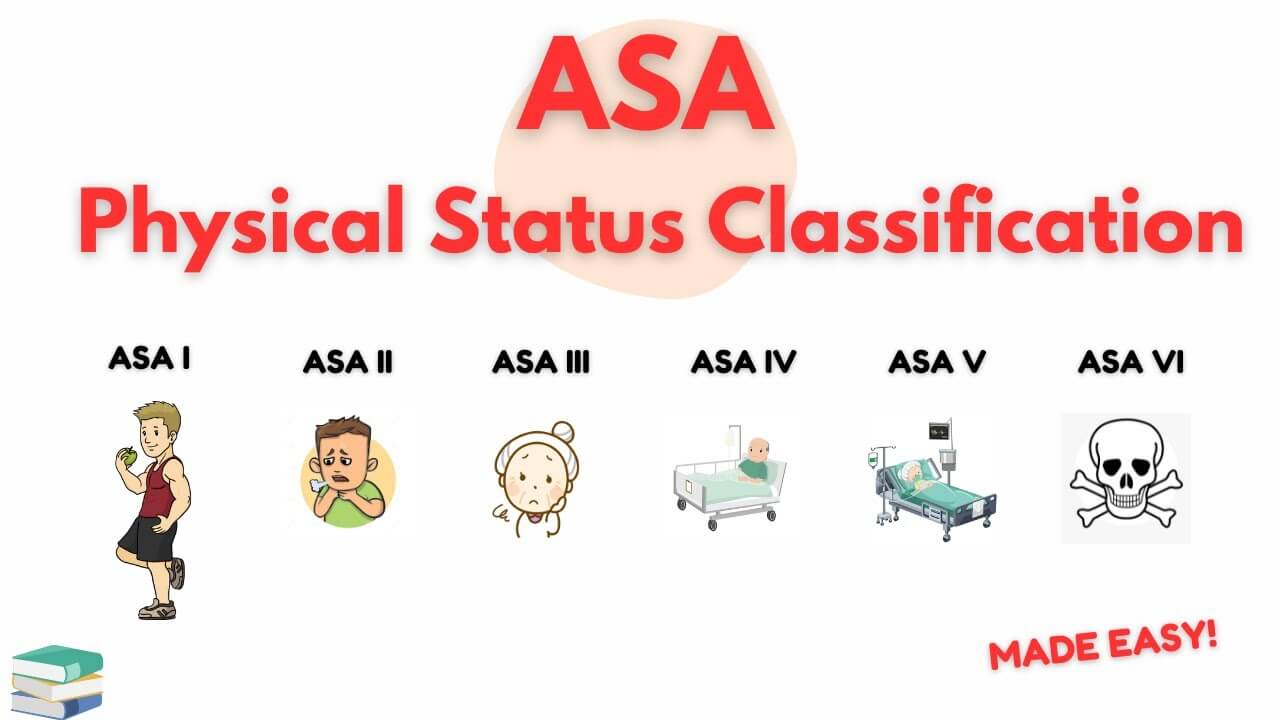
ASA Classification: Made Easy
The purpose of the system is to assess and communicate a patient’s pre-anesthesia medical co-morbidities. The classification system alone does not predict the perioperative risks, but used with other factors (e.g., type of surgery, frailty, level of deconditioning), it can be helpful in predicting perioperative risks. ASA grade Definition Mortality…
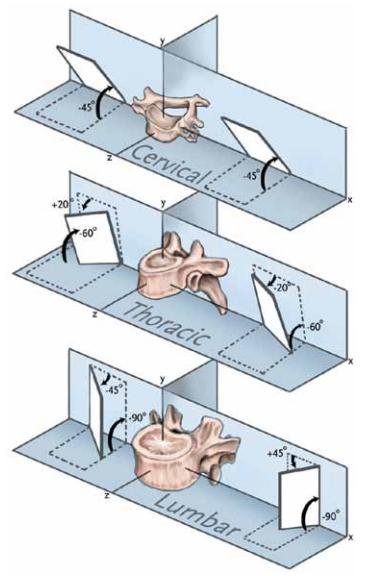
Facet Joint Orientation : Mnemonic
Mnemonic: BUM BUL BUM The superior articular process faces: 1. Cervical vertebra: BUM 2. Thoracic vertebra: BUL 3. Lumbar vertebra: BUM
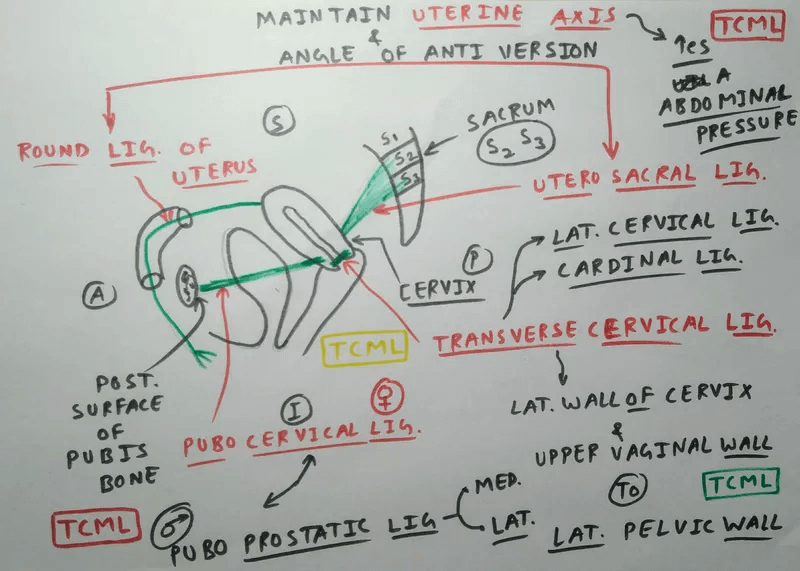
Supports of Uterus : Mnemonic
Primary Supports 1. Mechanical Support Mnemonic: 3 A 2. Muscular/Active Support Mnemonic: Muscle PULLs 3. Ligamentary Support Mnemonic: Ligaments hold uterus like CUP Cardinal ligament + Pubocervical ligament = Triradiate ligament Secondary supports (Peritoneal folds) Mnemonic: RUB
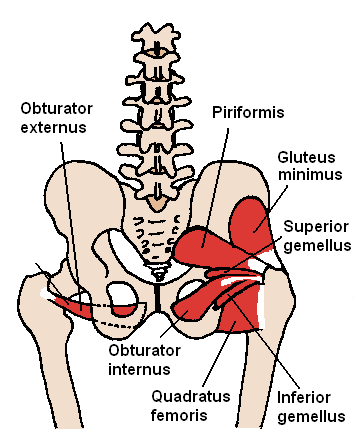
Short external rotator muscles : Hip
Short external rotators of hip in general originate from sacrum and ischium and insert on and around greater trochanter of femur. Mnemonic: P GO GO Q From proximal, the short external rotators of hip are: Muscle Proximal attachment Distal attachment Innervation Piriformis Sacrum – anterior aspectSacrotuberous ligament Greater trochanter –…

Bohr and Haldane Effect : Mnemonics
Haldane effect Mnemonic: HALD Bohr Effect Mnemonic: BOHR
